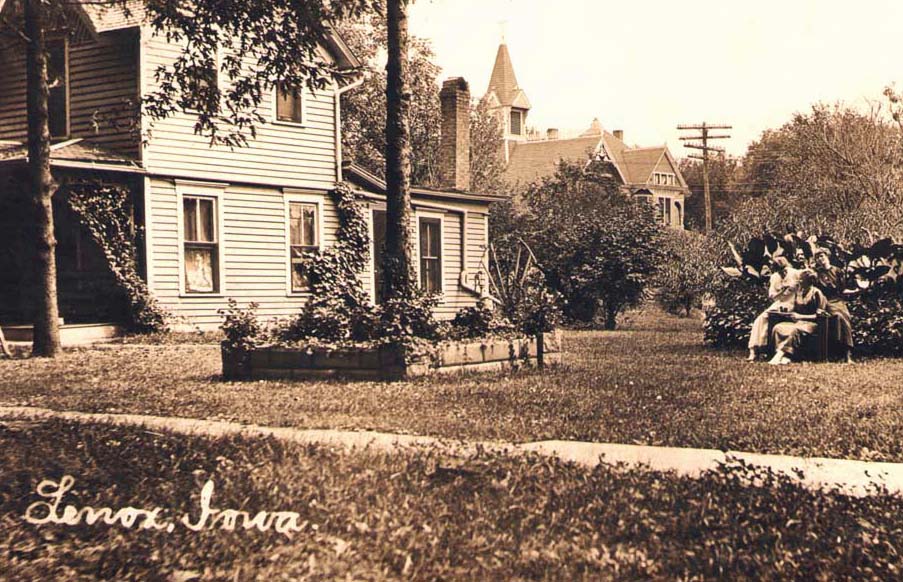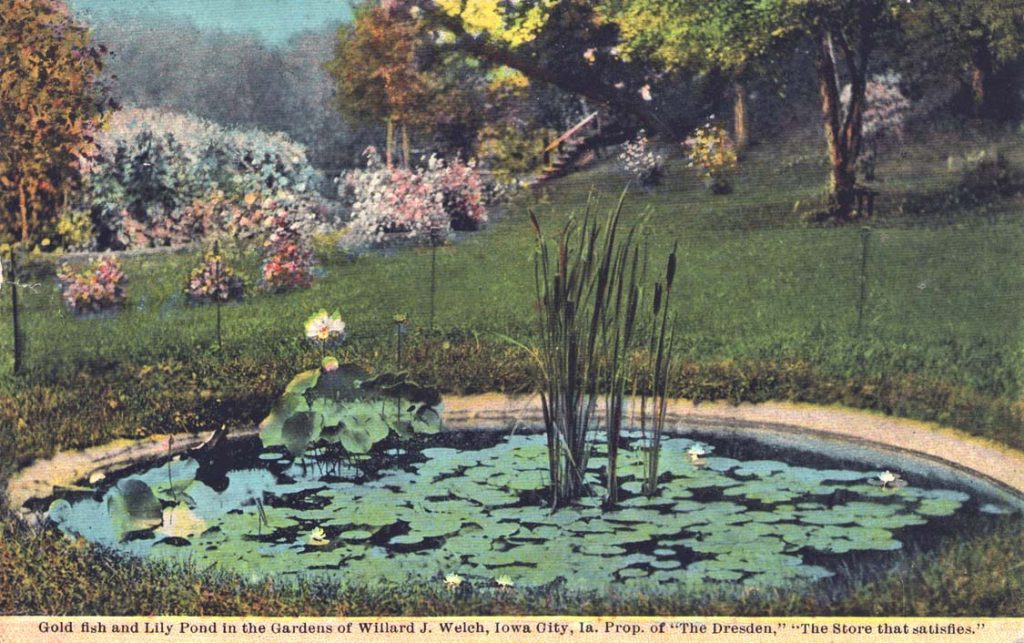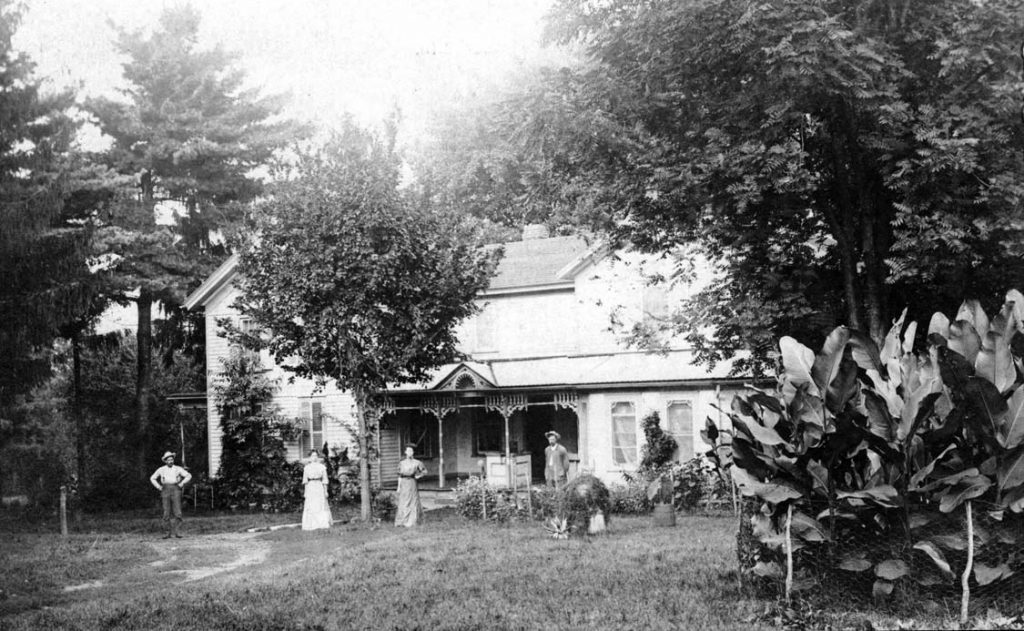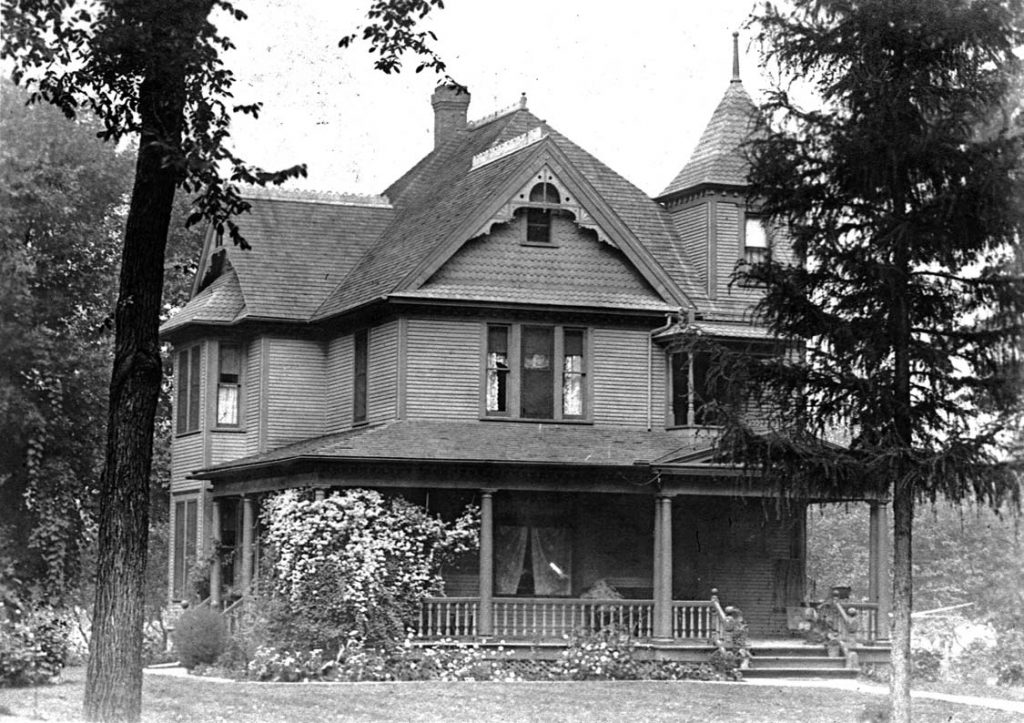There’s something fascinating about vintage garden photos: They preserve fleeting moments of beauty in gardens that long ago ceased to exist, created by gardeners long gone. They illustrate changing ideals in how we beautify our outdoor spaces. And the very best garden images include the gardeners in them, so that we can imagine their lives and their human, as well as horticultural aspirations.
There have been many wonderful books published containing historic images of beautiful gardens.
But disappointingly, most of the gardens portrayed in those books were located only in the eastern United States, in England, or an occasional Midwestern country estate in Illinois or Michigan.
Iowa is always completely absent from garden history books. I searched numerous such books for any sign that my home state even existed in the past world of ornamental gardening, and was invariably disappointed. These searches always made me feel, perhaps childishly, left out and overlooked – like Iowans have no history of gardening for beauty.
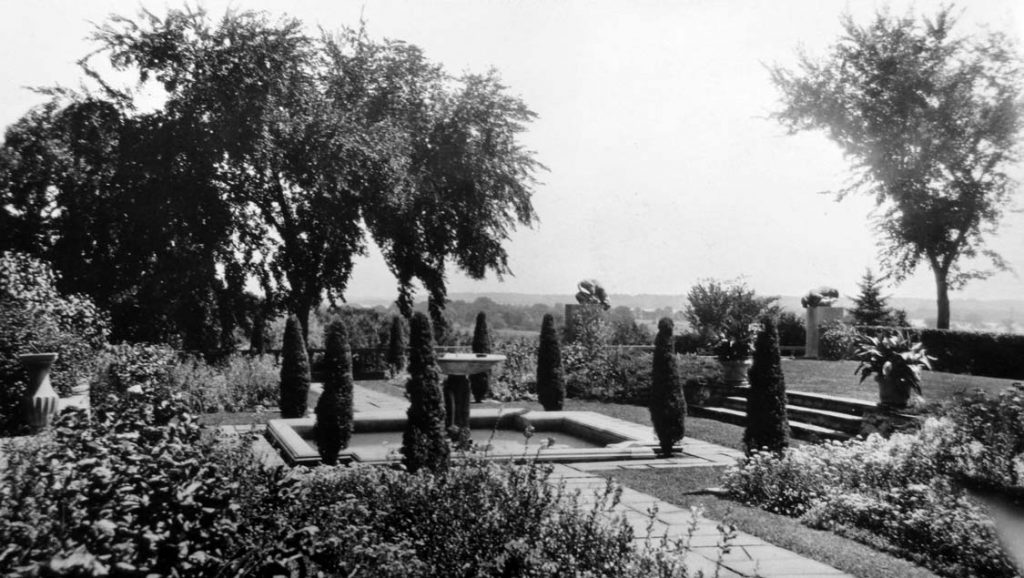
(Davenport Public Library Special Collections)
Feeling sure that there must have been some significant ornamental gardens in Iowa’s history, and that some of them might even have been preserved in images, I began to look. I searched online, in historical library archives, in magazine articles from the past, in postcards and photos for sale on Ebay and anywhere else I could think of.
And I discovered that Iowa has indeed had many lovely gardens, both private and public, which miraculously have been preserved in fascinating vintage garden photos and illustrations. Most of them admittedly were not quite as grand as the gardens of east coast moneyed estates (although a few were pretty impressive).
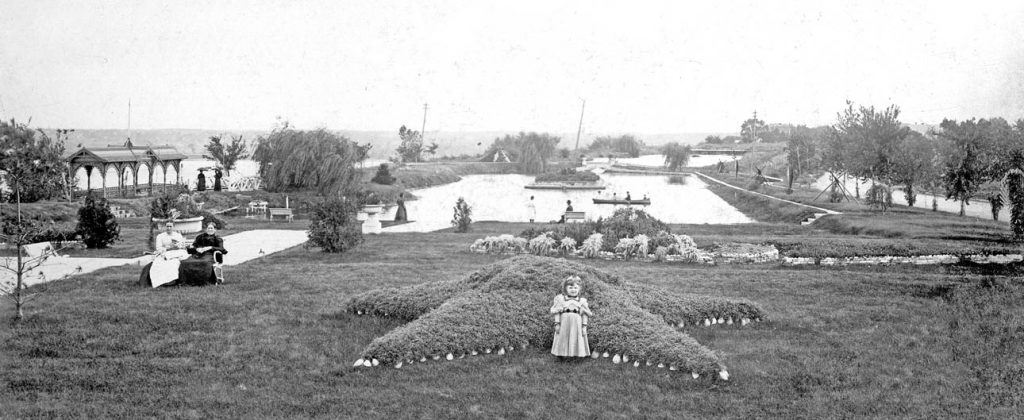
(Keokuk Public Library)
But as I continued my research, I realized that it wasn’t always the grandest gardens that were the most appealing – often it was photos of proud gardeners in their modest flower gardens in small towns and on turn-of-the-century farms that were the most touching to me, and I have included these too. Passionate Iowa gardeners of all backgrounds have made numerous gardens of great beauty that we can be proud of as part of our state’s history.
Furthermore, a number of these gardens were created by nationally or regionally well-known garden writers, hybridizers and horticultural entrepreneurs — Iowans have influenced gardening, not just in Iowa, but nationally.
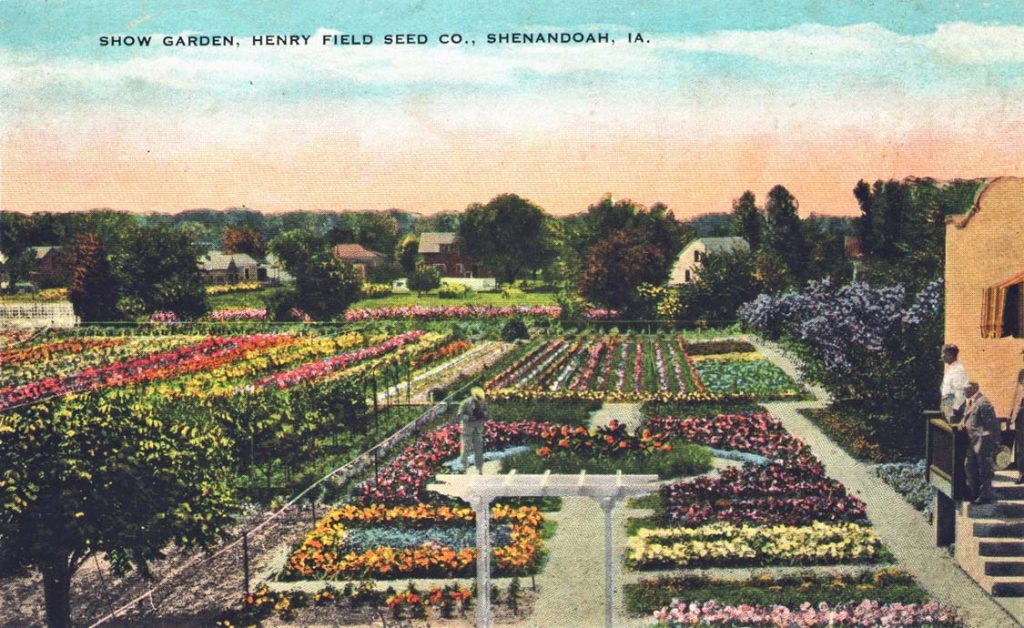
I have done my best to locate the exact modern address of each of the gardens shown in this book, and was often able to determine if any remnants of the original gardens are left, through the online wonders of Google Earth, Google Street (which allowed me to voyeuristically peer into modern front and side yards) and the Iowa Department of Natural Resources’ Historic Aerial Photo Project (which features aerial photographs taken in the 1930s, ’50s, ’60s and ’70s). These, together with NewspaperArchive, Google, Google Books and FamilySearch render this a miraculous age for armchair researchers.
The images in this book certainly could be useful to Iowa gardeners seeking to re-create period-appropriate gardens for older houses and historic properties.
But my main purpose in publishing my discoveries is simply to rescue earlier gardens from obscurity. If past gardeners were proud enough of their gardens to have them preserved in images, then their efforts deserve to be appreciated once again.
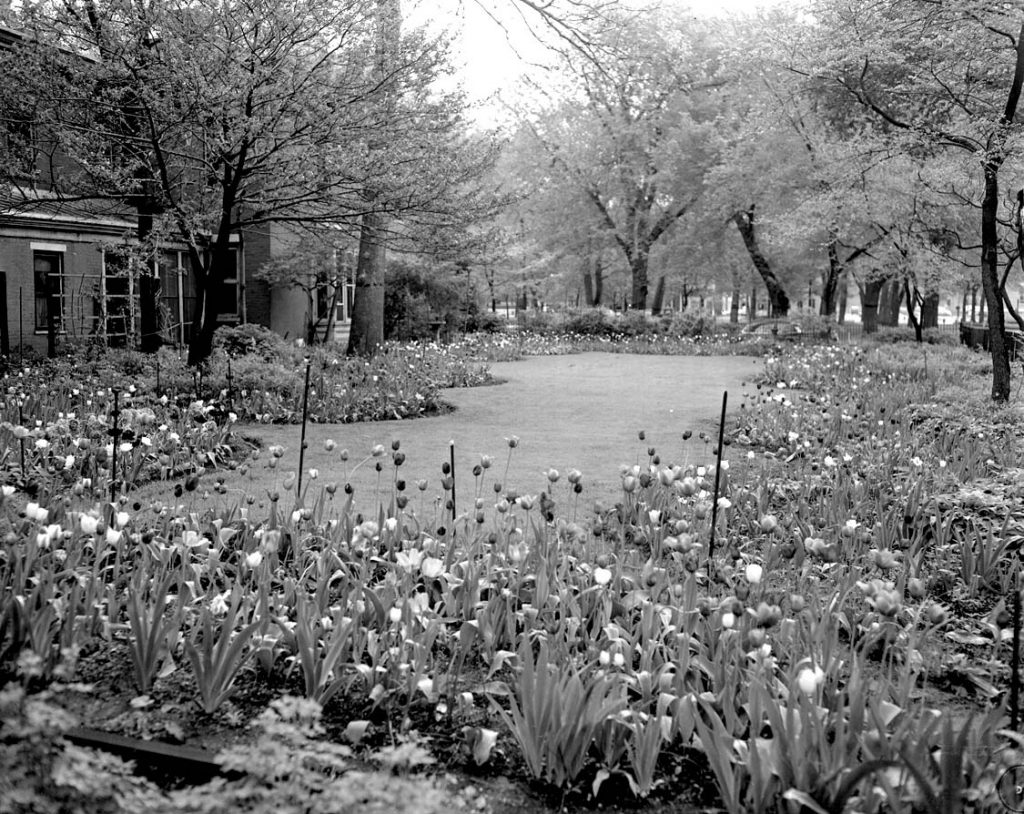
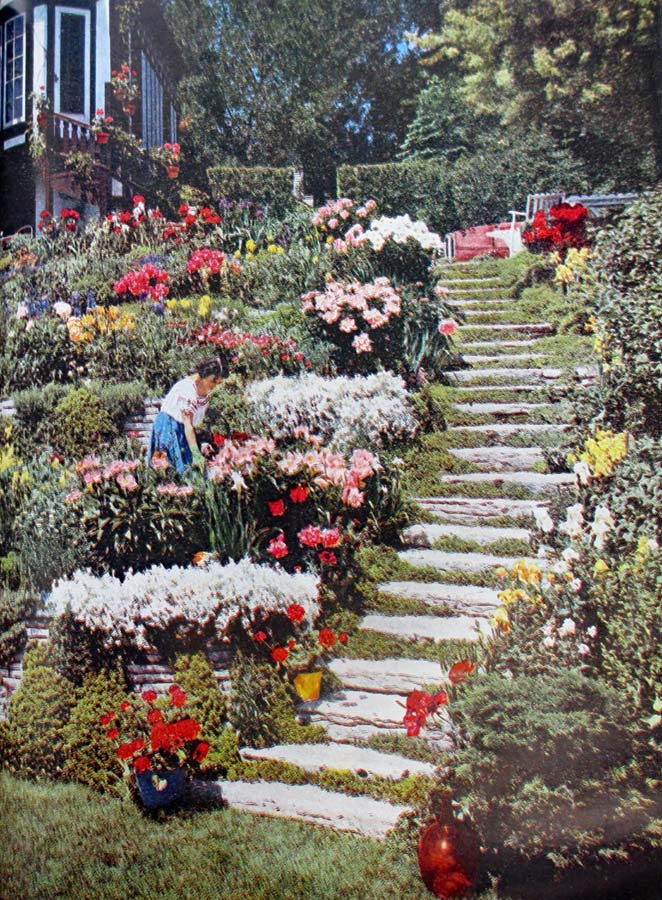
All serious ornamental gardeners secretly wish that their work might survive beyond their own lifetimes – we can’t bear to think that our beautiful borders will be grassed over by the next owners of our homes – even though we understand that gardening is the most ephemeral of all the arts and virtually symbolizes the “dust-to-dust” nature of human life and of all human effort. Only through published books and photographs will most gardens achieve long life. Here in my own book these Iowa gardens can once more be enjoyed and admired, as beautiful gardens should be.
I hope you enjoy looking at them as much as I enjoyed finding them.
Beth Cody
More information about the research and writing and the publishing process of Iowa Gardens of the Past.
